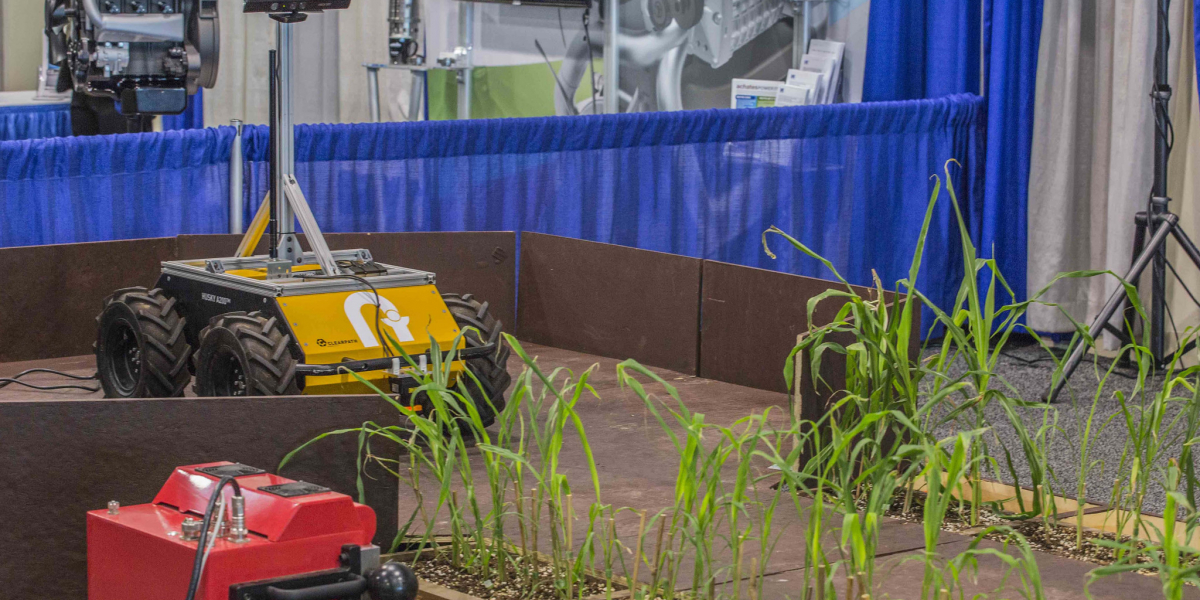
Monday, February 6, 2017
Guest post by Brendan Haley
My article titled Designing the public sector to promote sustainability transitions: Institutional principles and a case study of ARPA-E was recently published in the Journal Environmental Innovation and Societal Transitions. The article tackles the issue of what kind of government is required to effectively promote clean technology innovations.
There is a growing recognition that direct government involvement is critical to the promotion of clean energy technologies and sustainability transitions. Technologies like the internet, lithium-ion batteries, electric vehicles, and wind and solar energy were aided by government policy. Thus, in addition to policies that provide economy-wide incentives (e.g. carbon pricing), policymakers also need to consider how particular technologies and sectors evolve and transition.
However, these policies place high demands on the capabilities of the public sector, which means we need to explicitly consider how the public sector is designed and operated. Some theories warn that governments will lack adequate information on technological and sector dynamics or that support will go to the best lobbyists instead of the most promising technologies. There are also concerns about government bureaucracy and risk aversion.
I argue that good institutional design can overcome these potential pitfalls. I present ten principles for the design and operation of public sector institutions implementing clean innovation policy. These principles are:
Comprehensiveness
Flexibility
Autonomy from Short-term Political Pressure
Mission Orientation
Embeddedness within Policy Networks
Autonomy from Private Interests
Competence
Credibility
Stability
Accountability
The article discusses each principle in detail. For example, autonomy from short-term political pressure helps counter concerns over a risk-averse culture, which might be created in a highly charged political environment where affixing blame becomes more important than program effectiveness. In such an environment, it is rational for civil servants to substitute safe protocols for potentially transformative initiatives. Some autonomy from this political pressure can give an organization the ability to experiment and focus on its mission.
Other principles include embeddedness within policy networks and autonomy from private interests. Embeddedness refers to the government’s ability to work closely with private sector counterparts. A relatively close working relationship is critical for the government to obtain adequate information, and to negotiate and coordinate all actors around common policy goals. However, a close relationship between government and private interests creates the risk of undue political influence or “capture”, which is where autonomy from private interests comes in. The key is for the government to engage with the private sector, but to do so on its own terms.
After presenting the ten principles, the article demonstrates how they work in practice through a case study of the Advanced Research Projects Agency-Energy (ARPA-E). ARPA-E is a US agency, created in 2007, tasked with promoting high-potential, high-impact energy innovations.
The agency nicely balances the principles of accountability, political autonomy, and comprehensiveness through its “island bridge” model. The idea is that ARPA-E has an “island” upon which to experiment, which insulates it from day-to-day political pressures. It also has a “bridge” in the form of a direct connection with the Secretary of Energy. This bridge promotes both accountability and a comprehensive policy approach because the Secretary of Energy can also help ensure ARPA-E projects are properly handed off to other agencies in government.
ARPA-E also promotes the right mix of embeddedness and autonomy. The agency works closely with outside partners in the business community, universities, regulators, customers and civil society. However, its program directors must first develop their own visions of the changes they wish to make in the energy landscape. As explained by a former ARPA-E Director, the goal is to promote autonomy by defining “success early before others define it for you”.
The new US administration makes ARPA-E’s future uncertain. The article discusses the struggles APRA-E faced during annual budget negotiations between the President and Congress. With the potential for a US climate policy retreat, other countries need to increase their focus on developing clean technology sectors. For a country like Canada, this is both a global responsibility, and huge opportunity to attract talented people and develop leadership in novel technological areas.
Canada has committed to double its state-directed spending on clean energy research and development, alongside a host of other nations, under Mission Innovation. As these countries embark on this clean innovation policy agenda, the ten principles in this paper can help policymakers create mission-oriented, clean innovation institutions that work, and the ARPA-E case can serve as an example of how these principles work in practice.
Brendan Haley is a Banting Post-Doctoral Fellow at Dalhousie University’s School for Resource and Environmental Studies. He has a PhD from Carleton’s School of Public Policy and Administration and was previously a Research Associate at the Smart Prosperity Institute.
This work was financially supported by the Smart Prosperity Institute and the Social Sciences and Humanities Research Council of Canada.